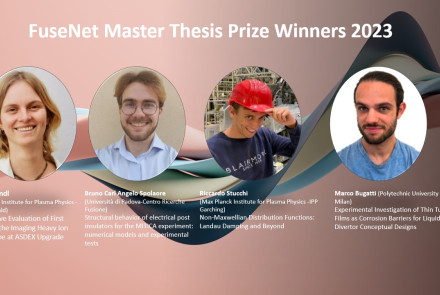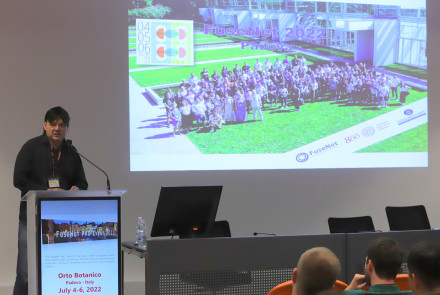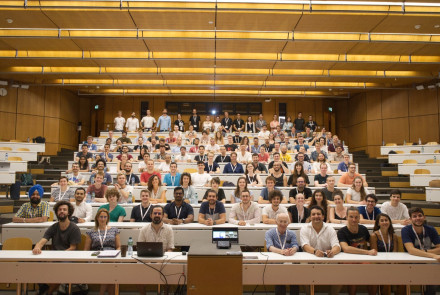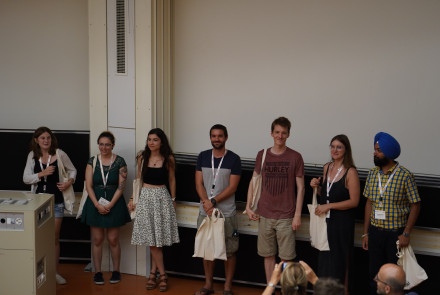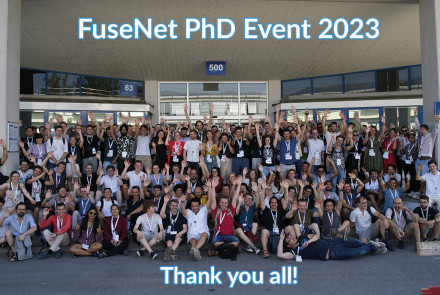DIFFER starts its new research program to tame fusion reactor exhaust
The unresolved fusion exhaust problem
Nuclear fusion reactors require operation at extremely high temperatures, easily exceeding the temperature of sun’s core. At the same time, the walls of the reactor also need to be able to withstand the corresponding heat fluxes, especially in the divertor region of a tokamak where the plasma is in direct contact with the wall. In the case of ITER, the peak power load on a tilted divertor plate is expected to exceed 20 MW/m3 in the absence of any power moderation mechanism, while the conditions in DEMO and commercial power plants will be even harsher. Dealing with heat and particle fluxes of this magnitude is one of the major, unresolved challenges of fusion research, since there are no wall materials that can withstand them without melting or eroding.
Taming the Flame: DIFFER's new research program
The research foundation FOM in the Netherlands has awarded DIFFER, the Dutch Institute for Fundamental Energy Research, 2.3 million euros to start a large research program that aims to tackle fusion reactor exhaust problem. The new research program encompasses nine new positions for 7 PhD students and two postdocs who will be working on ‘taming the flame’.
Within that context, the institute wants to investigate ways of removing the heat and the fast particles that are exhausted by the reactor in a controlled way, before they get the chance to damage the reactor wall. A second research topic that will be covered by the new research program is the investigation of the possibility of having a self-repairing wall made out of flowing liquid metals. The usage of liquid metals as reactor walls has several benefits over its solid wall counterparts. Melting, for instance, is not as much an issue anymore, since the wall already consists of molten metal. Secondly, the flowing metal will make sure that the wall material will continuously be replenished, mitigating the effects of the particles bombarding the wall.
For more information, we refer to the official DIFFER press release:


